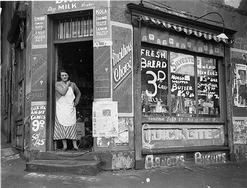
The Merchant's story is a combination of two real-life tales close to COSACOSA Director and Spare A Dime composer Kimberly Niemela's heart, that of a corner store owner near to our North Philadelphia Healing Garden (where we often purchase supplies and snacks), and that of her own maternal grandmother who ran a corner grocery store during the Great Depression. Ironically, in the late 1930s, her grandmother's store became the local headquarters for the WPA, both because it was a central community location, and it had a little something extra that was hard to find at the time: a telephone.
In Spare A Dime's first act, The Merchant character sings Pocket of Blues, a song that tells the story of the stock market crash and its aftermath, and how we are all financially interconnected (whether we like it or not). The title of the song functions as a double metaphor -- for an empty wallet and for those folks who are perceived, at first, as societal "takers." The Merchant herself is funny and forthright about dispensing advice as well as merchandise, and she may use some sight gags in order to make her point to the audience. In the second half of the cycle, The Merchant sings Change in the Making, a poignant duet celebrating new-found love...ah, but of whom or of what? You'll have to get tickets to our PIFA 13 performance to find out!
Tomorrow's character post? The Builder!
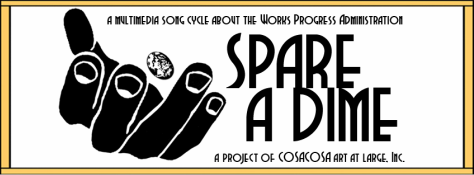
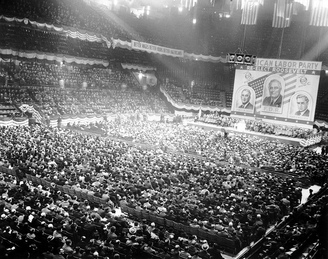
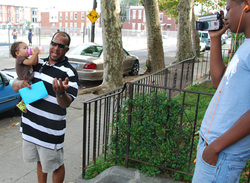
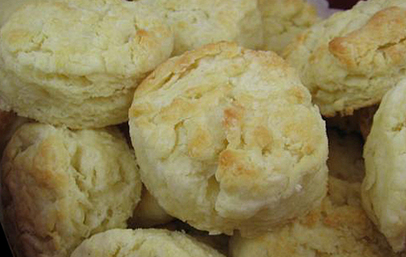
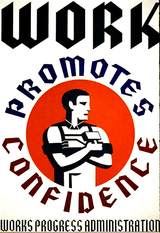
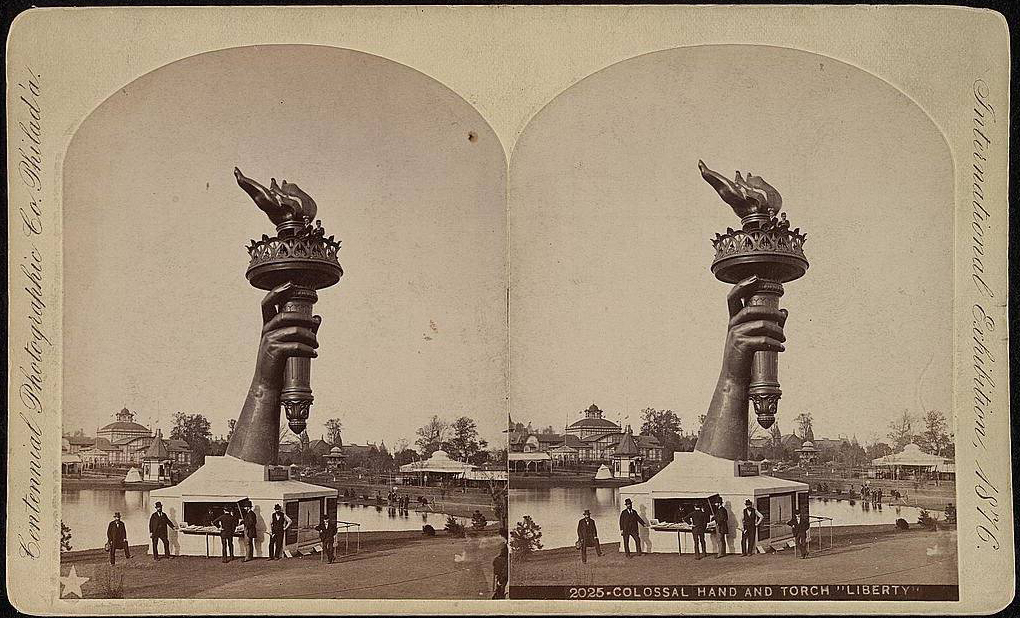

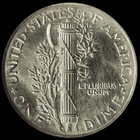
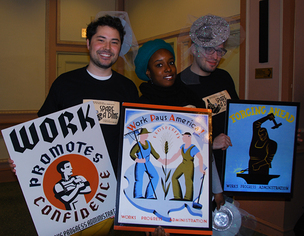
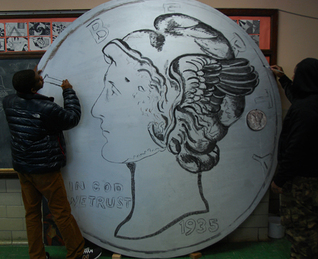
 RSS Feed
RSS Feed
